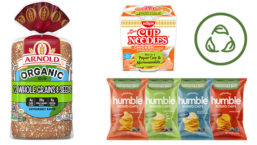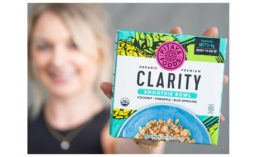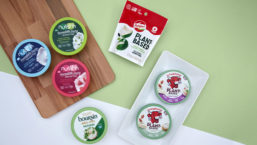Lu Ann Williams
Lu Ann Williams is director of innovation at Innova Market Insights, provider of market research services including the Innova Database. With 20 years’ experience in the food industry, Lu Ann is a trend expert and frequent public speaker at events worldwide. She leads a team of analysts and works with global clients. Contact her at luann.williams@innovami.com
ARTICLES
Current trends and future looks plant-based ingredients and alternative proteins
Read More
Five Forces Shaping Consumer Needs, Behavior
More consumers weigh sustainable packaging appeal with on-shelf purchases
February 13, 2024
How Consumer Behaviors Drive New Snack Innovations
Today’s consumers take action to prevent health concerns and select healthier snacks
January 10, 2024
PREDICTIONS 2024
Top 10 Food & Beverage Consumer Trends in 2024
Innova Market Insights finds consumers interested in key benefits, ingredients, transparency
December 6, 2023
Plant Protein Innovation Expands Options and Opportunities
Consumer demand for alternative proteins pushes R&D teams toward experimentation and discovery
November 1, 2023
New Energy Products Help Busy Consumers Keep Pace, Stay Focused
Innova Market Insights dives into consumer attitudes and behaviors around energy, and takes a closer look at launch trends.
October 4, 2023
Where Taste Meets Technology: Manufacturers Explore Virtual Reality
Food and beverage product developers use digital experiences to enhance brands, breed innovation
September 13, 2023
Favorite Consumer Flavors Across Global Cuisines
Tracking how quickly food and flavor trends spread from one region to another
August 7, 2023
Incorporating Social Ingredients into Product Development
Products marketed around sustainability, for instance, enjoy price premiums and consistently outperform market competition
July 28, 2023
Consumers, Manufacturers Align on Importance of Health
Researchers uncover distinct generational differences impacting the development of new food and beverage products with aging-related features
June 16, 2023









